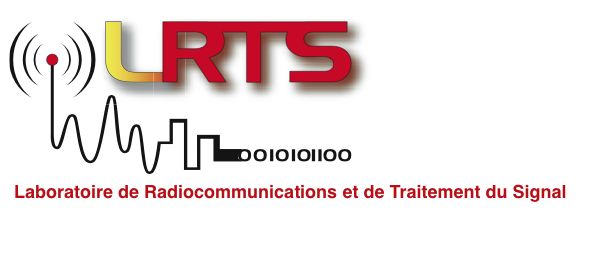
| French | English |
|
Main Members Research Documentation Seminars at LRTS Photos Publications Links Events Management |
|
Data fusion Data fusion consists in combining information from many sensors in order to obtain a more precise information. For the human being, the brain receives and processes the signals sent by the five senses to create a clearer image of the situation. This allows the brain to correclty decide and act despite the limitations of its senses. Thus, data fusion is a form of artificial intelligence for decision support while taking into account of the data imperfection.Data fusion uses a scope of reasoning, rules of combination and rules of decision. For centuries, only the probability theory with the rules of Bayes were used to combine information but this scope of reasoning processes only data discrepencies. The evident reasoning of Shaffer, more general and currently very popular, allows the processing of ambiguity (discord and non-specificity) of data. The rule of combination of Dempster is then the one employed because of its commutation and associativeness qualities. In the data fusion group of the LRTS, we are interested in other scopes of reasoning that process the general data uncertainty (ambiguity and blur), like the fuzzy sets theory, which insert logical inference rules like the calculation of incidence or the Fagin-Halpern; which suppose non-exhaustive objects like the theory of Dézert-Smarandache. We also elaborate different rules of combination or of decision as well as quality measurement tools to compare the obtained results. We are looking particularly towards adaptive rules which take into account the level of conflict of the information and towards decision based on the utility theory. We also proposed a euclidian distance between body of evidence, ambiguity measures and general uncertainty measures.
Liens officiels du domaine |